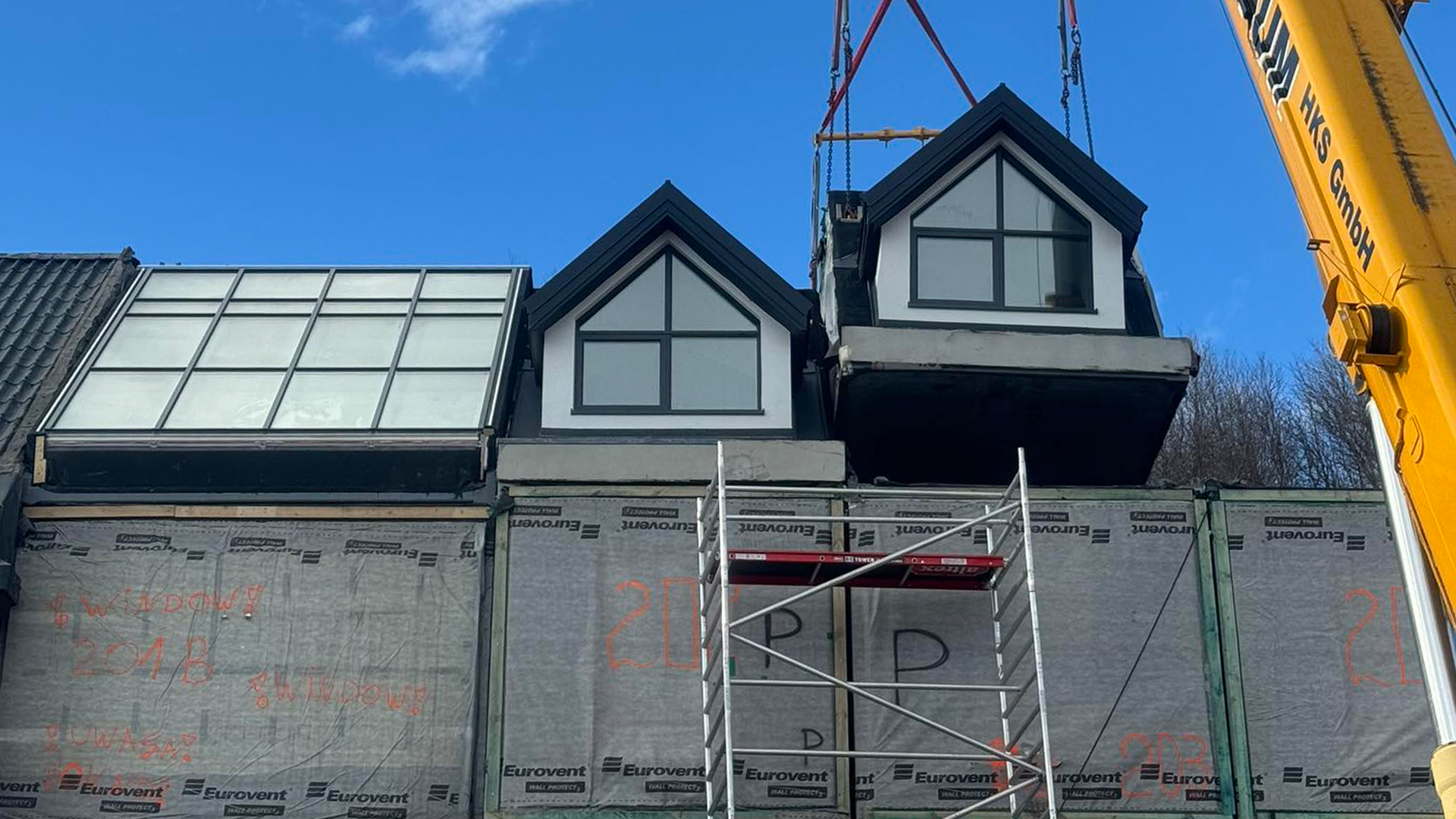
Steel construction – the foundation of modern and safe construction
Modular construction is characterized by the use of modules that are pre-manufactured in factories and then transported and assembled on site. The steel structure, which is their skeleton, is distinguished by its exceptional strength and flexibility, allowing it to absorb and dissipate seismic energy. This structural arrangement significantly reduces the risk of damage or collapse of the building during an earthquake.
Preventing the effects of earthquakes in building structures
A few advanced engineering technologies and methods are used to prevent the effects of earthquakes in building structures. An example is special components placed between the building’s foundation and the ground that provide flexibility and reduce lateral forces. They act as shock absorbers, absorbing and dampening vibrations, which minimizes the risk of structural damage. A method for reinforcing a wood or concrete structure is to add steel elements, which increase the flexibility and strength of the building. Of course, the incredible superiority of steel over other construction materials in protecting buildings and people from the effects of earthquakes can still be seen here.Comparison with other construction methods
Brick structures, while aesthetically pleasing, are a brittle material, and their weight increases the risk of collapse during quakes. They are the structures most vulnerable to damage during earthquakes. They usually can’t withstand even moderate tremors exceeding 6 on the Mercelli scale (equivalent to a magnitude of 5.5 on the Richter scale). Concrete structures, despite their compressive strength and formability, are susceptible to seismic damage because of their mass and fragility. And while new developments, such as fiber-reinforced concrete, are being developed that can improve these properties, their strength is not much higher than that of brick structures. Such structures, with great difficulty, can withstand a maximum of 8 degrees on the Mercall scale (equivalent to a magnitude of about 6.5 on the Richter scale). Wooden structures have some earthquake resistance, mainly due to the lightness of wood and its lower fragility compared to brick and concrete. They effectively absorb seismic energy but require careful design for stability. However, even with best efforts, agreeing to design constraints and significant cost increases, they cannot withstand more than 10 degrees on the Mercalle scale, equivalent to a magnitude of about 7.3 degrees on the Richter scale. Steel structures are very lightweight and flexible objects. Thanks to steel’s high tensile tolerance, they are able to transmit seismic lateral forces of high values. They are the buildings with the highest earthquake resistance. With proper design, they can withstand shocks as high as 12 degrees on the Mercelli scale, which corresponds to the highest magnitude of 9 degrees on the Richter scale. This type of earthquake happens once every dozen year or so worldwide, and usually levels entire neighborhoods, destroying more than 90% of buildings.Summary
Steel-framed modular buildings offer a modern solution that combines strength, flexibility, and speed of installation, becoming an attractive alternative in earthquake-prone regions. Their ability to better cope with seismic forces, compared to traditional construction methods, underscores the importance of innovative approaches to design and construction in the context of changing climatic and geological conditions. The selection of an appropriate construction method should consider local seismic conditions, material availability and specific design requirements. Steel-framed modular construction represents a direction in which modern technologies can contribute to the construction of safer and more sustainable residential environments.Powiązane Posty
Steel construction in modular building
The origins of modular construction are attributed to shipping containers, which
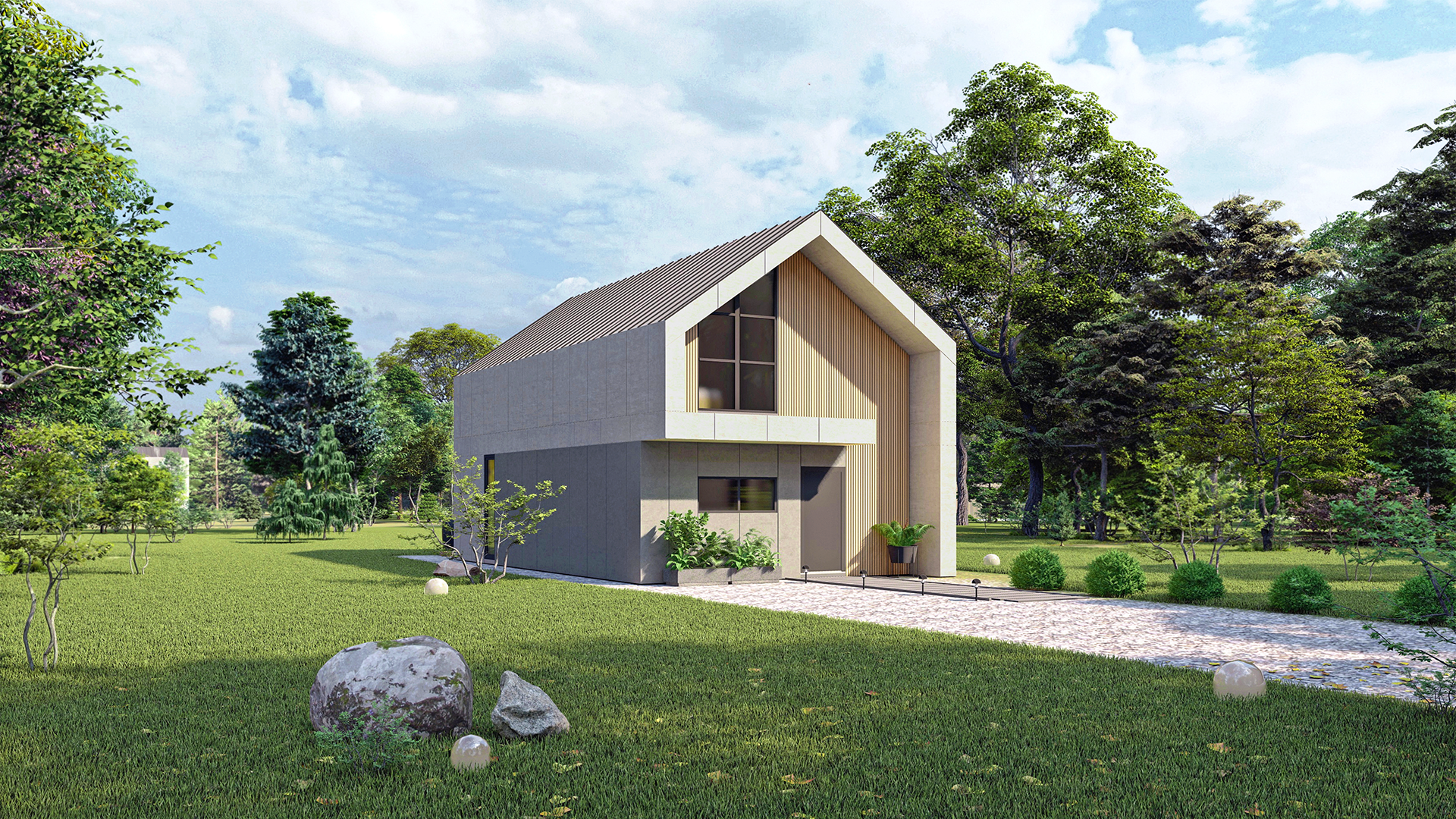

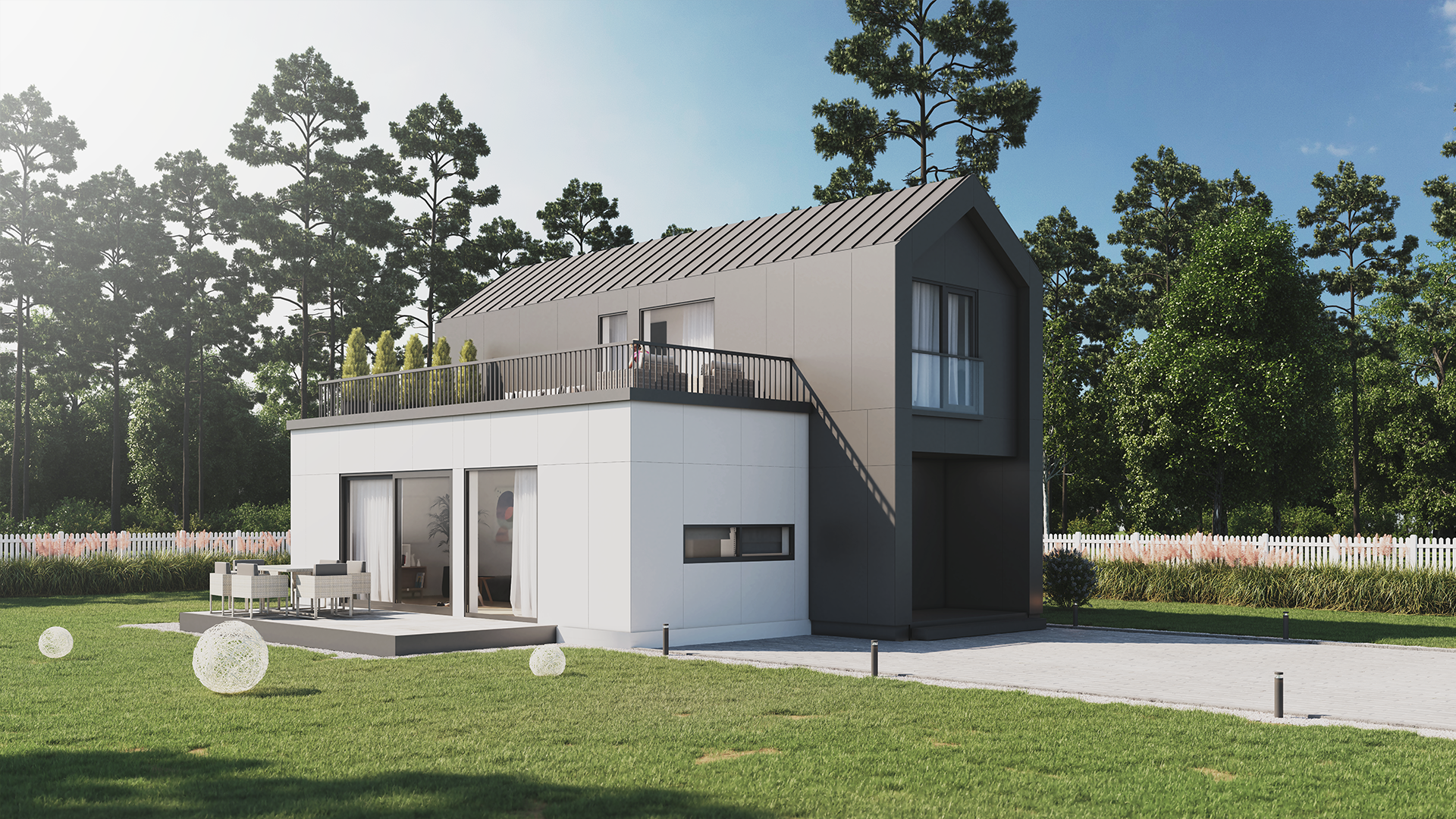
Modern barn house – minimalism in every detail
Nowadays, when many people are looking for unusual architectural solutions, modu
Building Information Modeling (BIM) – advantages in modular construction
Building Information Modelling (BIM) is an innovative design technology that ena

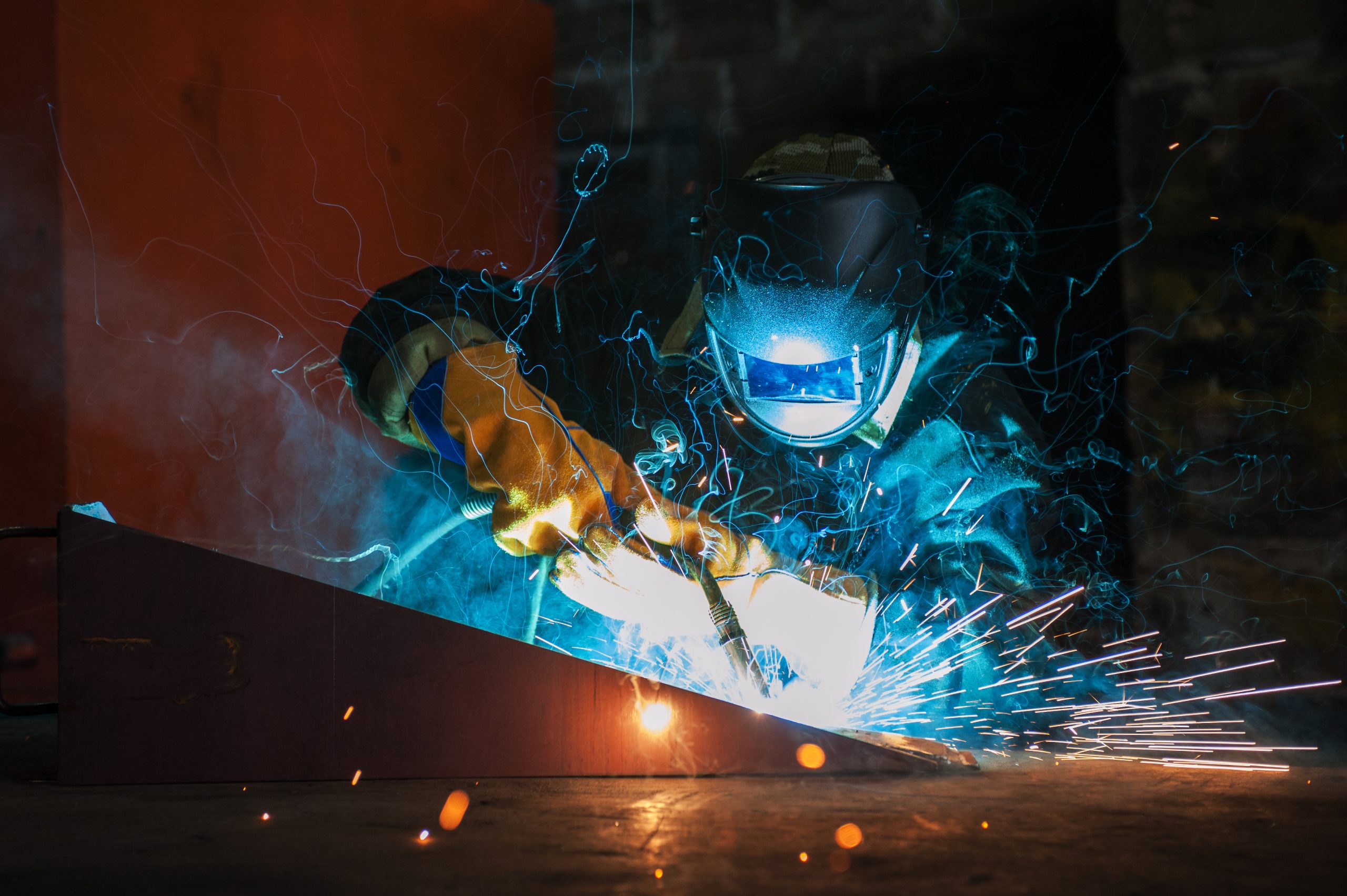
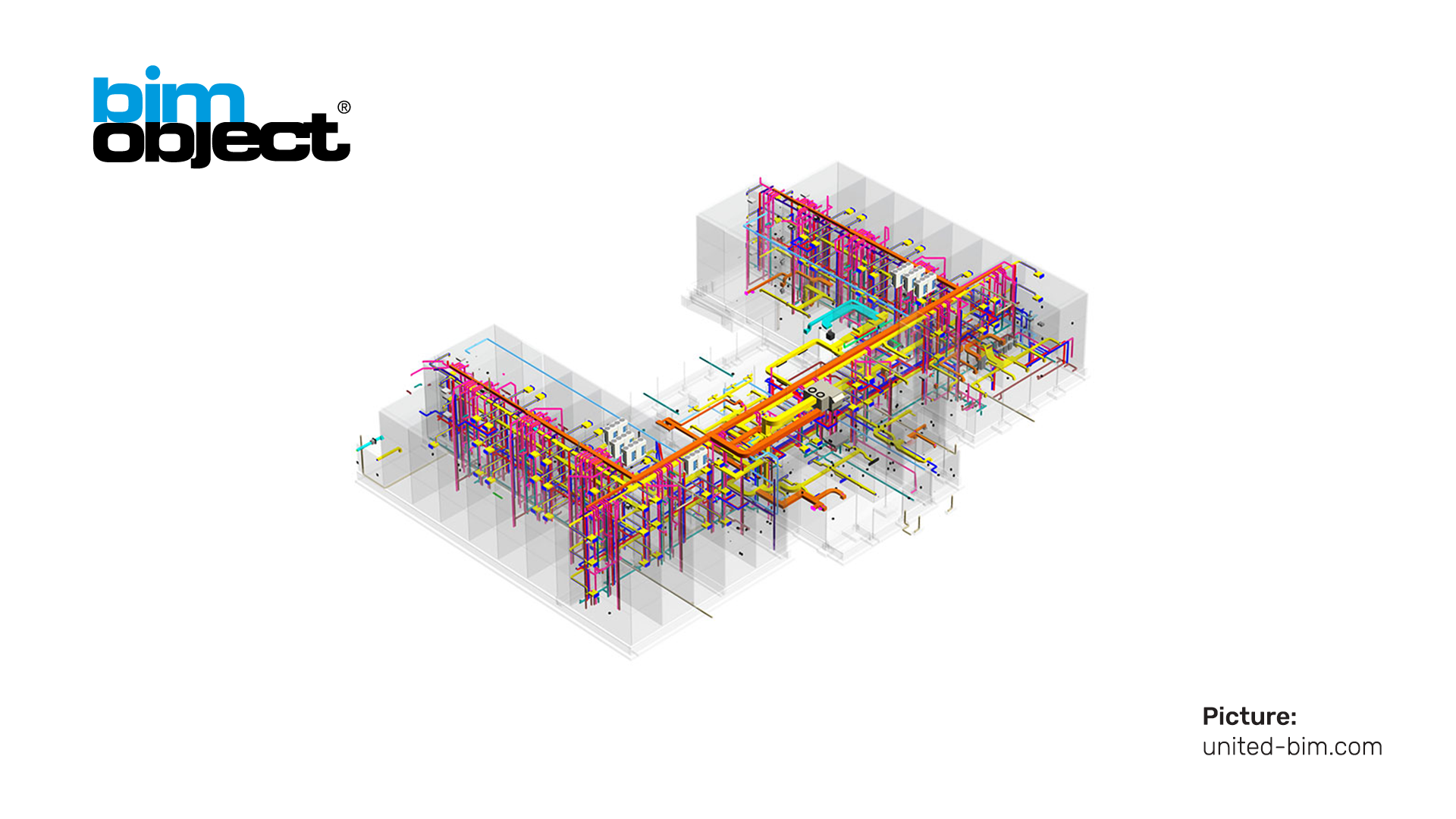
Leave a Reply